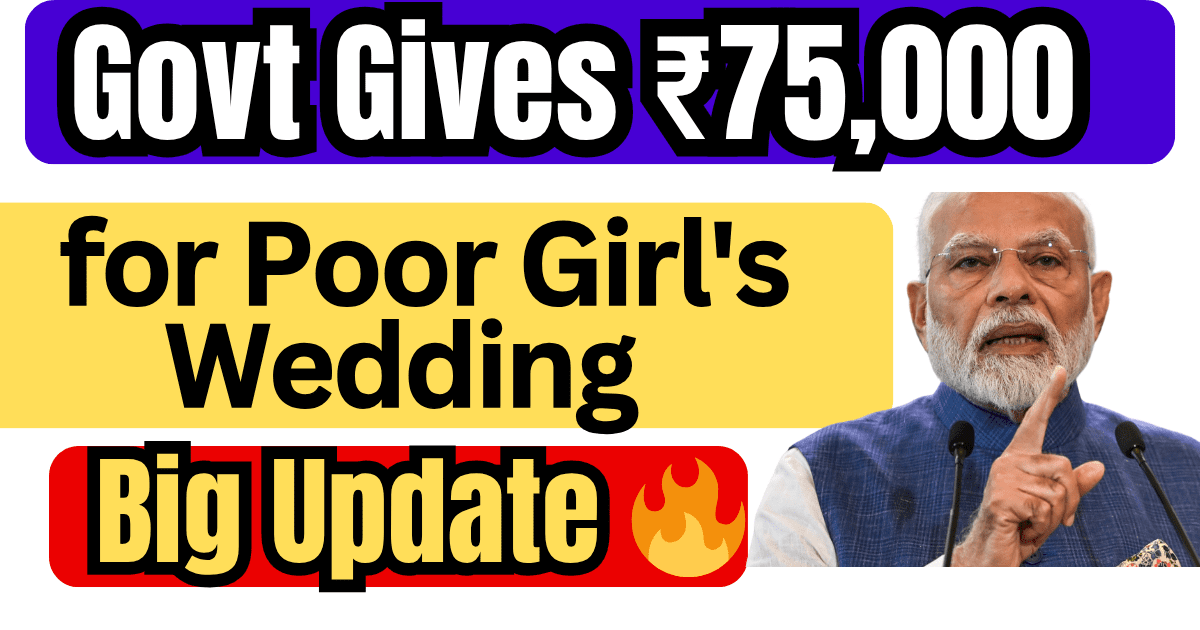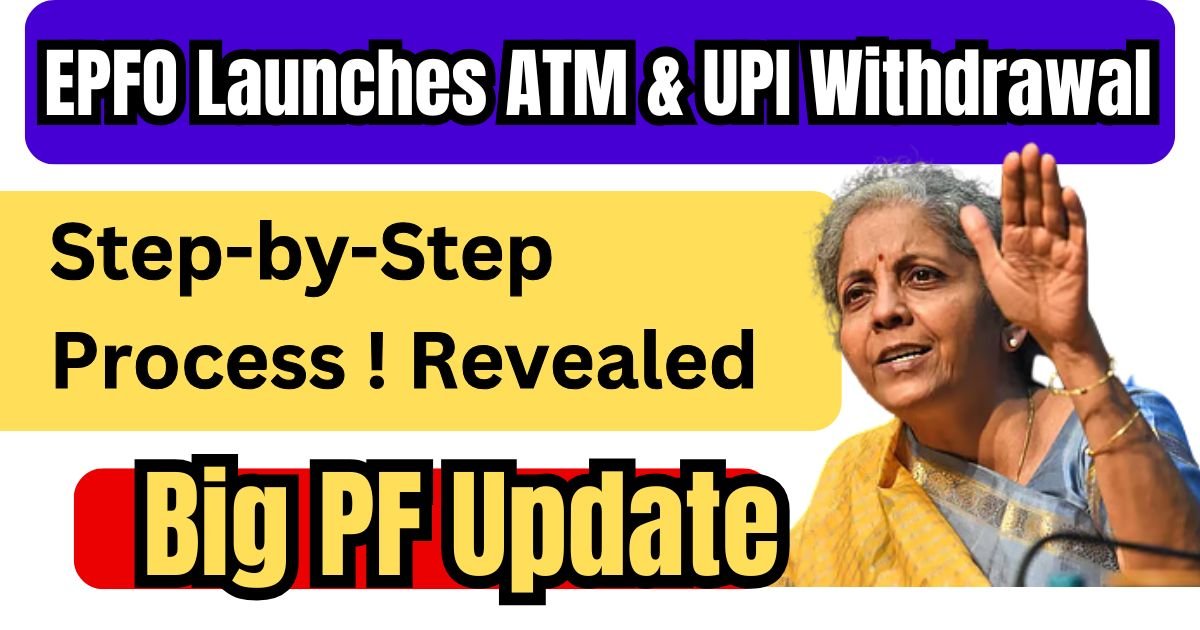The Indian government is set to implement significant changes to the Public Distribution System (PDS) starting in 2025, potentially impacting millions of beneficiaries who rely on free ration benefits.
These reforms aim to streamline welfare distribution, ensuring that the most deserving citizens continue to receive support. The new eligibility criteria will be based on factors such as income levels and property ownership, determining who qualifies for continued assistance under the revised guidelines.
As the government strives to create a more targeted approach, many current beneficiaries may find themselves no longer eligible for benefits. Understanding these upcoming changes is crucial for all current ration card holders to determine if they will maintain their benefits after the 2025 implementation.
Table of Contents
Understanding the 2025 Ration Card Policy Shift
The 2025 ration card policy shift represents a significant change in India’s approach to food security. The government aims to enhance transparency and fairness in the Public Distribution System (PDS).
Government’s Vision for Reformed Distribution System
The government envisions a more streamlined distribution system that reduces leakages and ensures benefits reach only those who truly need them. This vision is driven by the need to enhance targeting efficiency and minimize fraudulent claims.
Timeline for Implementation
The implementation will follow a phased approach, with initial assessments beginning in early 2024 and full implementation scheduled for January 2025. Local authorities will be responsible for verifying eligibility according to the new criteria.
- The new policy aims to promote self-reliance among those with sufficient means.
- Digital infrastructure will play a crucial role in the reformed system.
- Aadhaar integration and online verification processes will become standard.
New Eligibility Criteria Explained
The 2025 ration card changes bring new eligibility criteria that will affect many households. The government aims to streamline the distribution of ration benefits by introducing clear thresholds for eligibility.
Income Thresholds and Limitations
Individuals with a monthly income above Rs.10,000 will no longer qualify for free rations. This rule aims to target benefits towards those who need them most.
Property and Land Ownership Restrictions
Families owning more than 5 acres of agricultural land will be removed from the beneficiary list, as this amount of land is deemed sufficient for self-sustenance.
Vehicle Ownership Considerations
Those possessing a four-wheeler vehicle are also excluded from the scheme, as it indicates a certain level of financial stability.
- Income limitations will exclude households earning above Rs.10,000 monthly.
- Property ownership restrictions will disqualify families with more than 5 acres of agricultural land.
- Vehicle ownership, particularly of four-wheelers, will be a disqualifying factor.
Groups Most Likely to Lose Benefits
As the 2025 ration card policy comes into effect, certain groups will be more affected than others. The changes are expected to impact various households across India, particularly those with improved financial status or unreported assets.
Urban Households with Higher Income
Urban households with monthly incomes exceeding the specified threshold will likely lose their benefits. This change will particularly affect salaried employees and small business owners in urban areas.
Rural Landowners Above Threshold
Land ownership above the specified limits will also lead to the discontinuation of benefits for rural landowners, even if their actual cash income remains relatively low. This will impact families who own large agricultural properties.
The overall impact of these changes will vary between urban and rural areas, with different disqualifying factors affecting each population. Households that have recently seen an improvement in their economic status may find themselves losing access to ration benefits.
Statistical Overview of Affected Beneficiaries
The new ration card policy in 2025 is set to redefine the distribution landscape. As per the current data, approximately 18-20% of current ration card beneficiaries may lose their benefits.
The impact of the 2025 changes will vary across states, with some experiencing more significant effects than others.
State-wise Impact Assessment
States with large populations, such as Maharashtra, Uttar Pradesh, and Tamil Nadu, are expected to have the highest numbers of affected beneficiaries. For instance, Maharashtra has 12 million beneficiaries, with 2 million potentially impacted.
Urban vs Rural Distribution Changes
The urban areas are likely to see a more significant reduction in beneficiaries, with up to 25% potentially losing their benefits, compared to 15-18% in rural areas. Government data indicates that approximately 18 million urban and 12 million rural beneficiaries may need to transition away from the scheme.
2025 Ration Card Changes: Who Will Lose Free Ration Benefits?
With the introduction of the 2025 ration card changes, a significant number of households will no longer qualify for free ration benefits. The new ration card guidelines aim to optimize the distribution of benefits to those who need them most.
The changes in the ration card rules will impact various groups, particularly those who have previously been eligible due to loopholes or less stringent criteria.
Comprehensive List of Disqualifying Factors
Several key factors will determine which families lose their ration card benefits. These include:
- Annual family income exceeding INR 1.5 lakhs
- Ownership of a pucca house
- Families owning more than 2 hectares of agricultural land
- Presence of a government employee in the household
- Households with luxury vehicles, such as four-wheelers
These disqualifying factors are part of the new criteria that will be used to assess eligibility.
Exceptions and Special Considerations
While the new guidelines introduce stricter criteria, there are exceptions and special considerations for certain vulnerable groups. These include:
- Differently-abled individuals
- Senior citizens without support
- Widows
- Households with chronically ill members
Tribal communities and those in geographically isolated areas may also receive special consideration under the new ration card changes.
Read also:- Exclusive Blue aadhaar card for your child- Check eligibility
Rationale Behind the Policy Changes
The government has introduced a new ration card policy in 2025, with the primary goal of creating a more efficient and targeted welfare system. This move is expected to significantly impact the distribution of subsidies to citizens.
The 2025 ration card changes are driven by several key objectives, including improving the targeting of subsidies and reducing leakages in the system. The government aims to allocate resources more effectively, ensuring that those who need them most receive the support.
Enhancing Targeting Efficiency
Enhancing targeting efficiency is crucial for the success of the new policy. By refining the beneficiary list, the government can increase the per-beneficiary allocation, potentially providing more substantial support to fewer, more deserving citizens.
Reducing System Leakages
Reducing system leakages is another critical aspect of the policy change. The government plans to achieve this by minimizing fraudulent claims and misuse of resources, thereby ensuring that benefits reach the intended recipients.
The changes reflect a shift towards a more targeted welfare approach, aligning with broader economic goals of promoting self-reliance among citizens.
Steps to Verify Your Eligibility Status
The 2025 ration card changes necessitate a verification process for all current beneficiaries to confirm their eligibility. To ensure a smooth transition, it is essential to understand the steps involved in verifying your eligibility status.
Required Documentation for Verification
To verify your eligibility, you will need to gather several documents. These include an Aadhar Card for all family members, proof of income such as a salary slip or income certificate, land ownership documents if applicable, an electricity bill as proof of residence, a bank passbook copy or statement, any existing ration card documents, and recent passport-sized photographs.
Online and Offline Verification Methods
Verification can be done both online and offline. Online verification is available through the official Public Distribution System (PDS) portal, where beneficiaries can check their status by entering their ration card number and Aadhaar details. For those without digital access, offline verification options are available at local ration offices and designated government centers.
The verification process involves cross-referencing the provided information with other government databases to confirm eligibility under the new criteria. It is advisable for current beneficiaries to begin this process well before the 2025 implementation to address any discrepancies or submit appeals if necessary.
Read also:- Get 22,222 Rupees without working and investing in this scheme
Government Support and Resources
To ensure a smooth transition, the government has rolled out various support mechanisms for those affected by the 2025 ration card changes. The government is committed to providing comprehensive support to citizens through multiple channels.
Helplines and Assistance Centers
The government has established 24/7 helplines to address queries and concerns related to ration eligibility, documentation, and the verification process. These helplines are available in multiple languages to cater to a diverse population. Additionally, assistance centers are being set up at district and block levels to provide in-person support, particularly for elderly citizens and those with limited literacy.
- Dedicated helplines for queries and concerns
- Assistance centers at district and block levels
- In-person support for vulnerable groups
Digital Resources for Information
The government has developed digital resources to facilitate easy access to information. A dedicated website and mobile application will provide real-time updates, eligibility calculators, and document upload capabilities. This will enable citizens to stay informed and manage their ration card status efficiently.
- Real-time updates on ration card policies
- Eligibility calculators for easy verification
- Document upload capabilities for streamlined processing
Conclusion: Preparing for the 2025 Transition
The 2025 ration card policy shift is an opportunity for the government to create a more efficient distribution system. To navigate these changes, individuals and families should review their financial and property documents to assess their eligibility for ration card benefits. Staying informed through government updates and exploring alternative welfare schemes will be crucial. By doing so, they can ensure a smoother transition under the new rules and continue to receive the support they need from the government.















